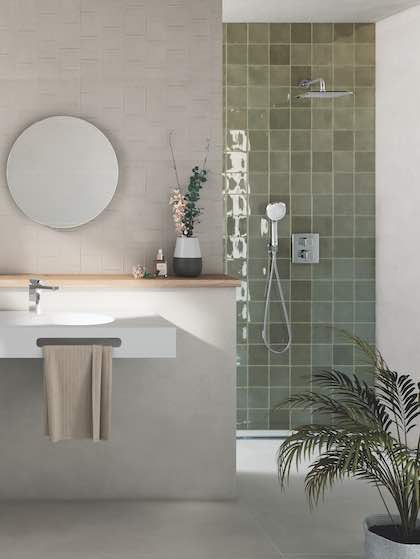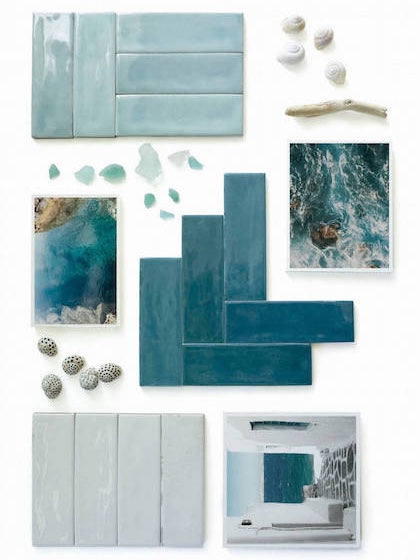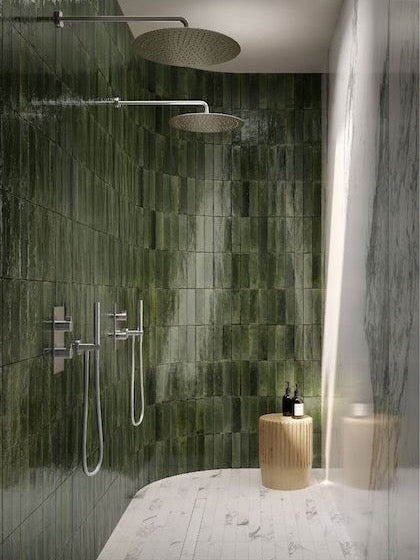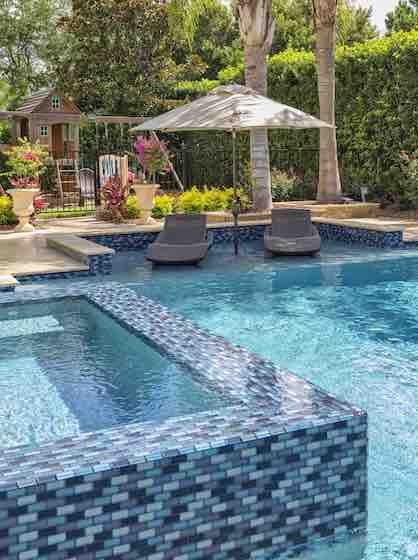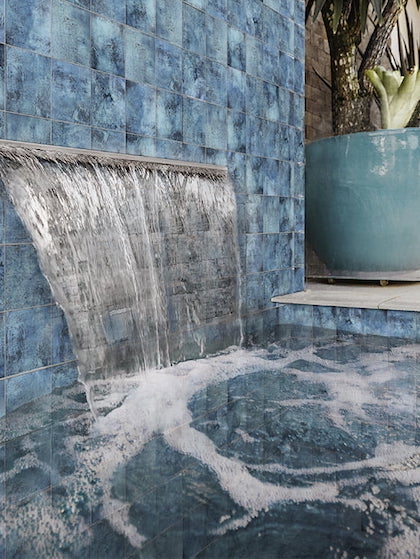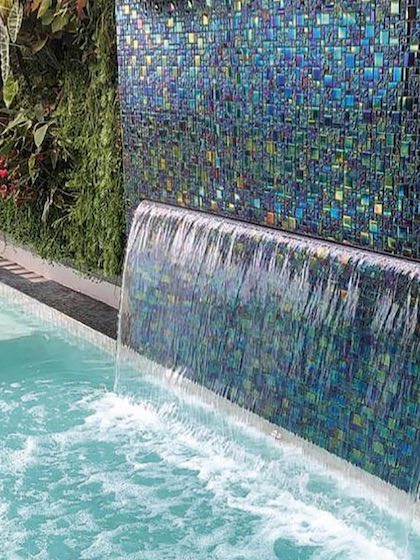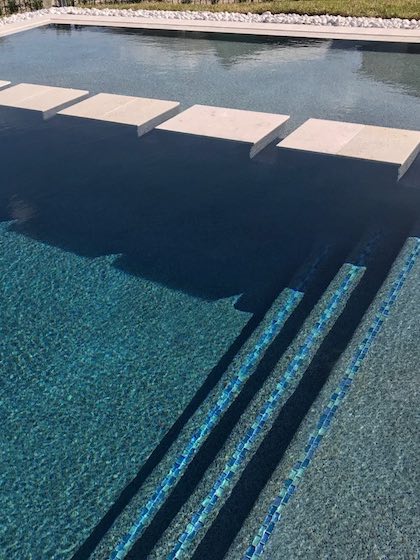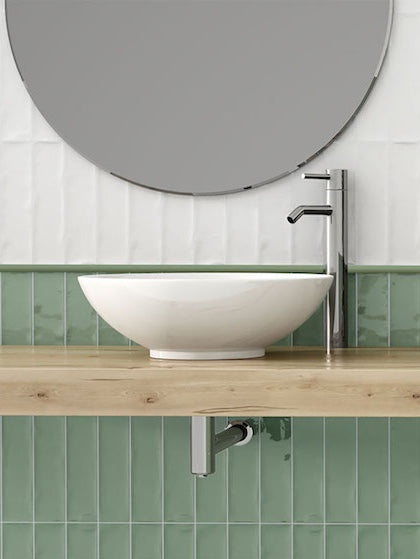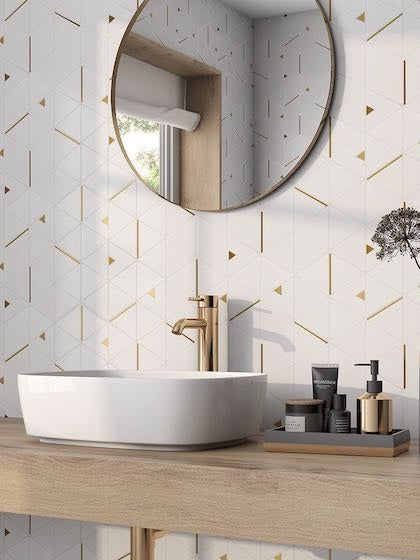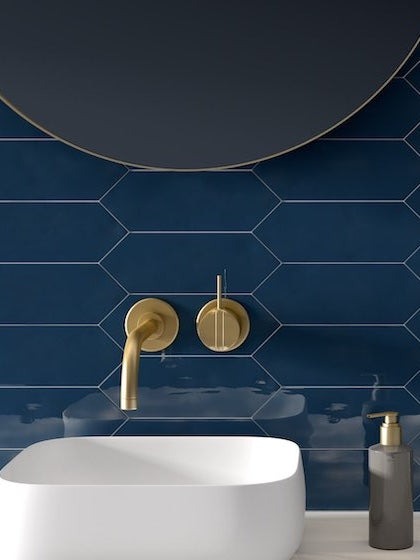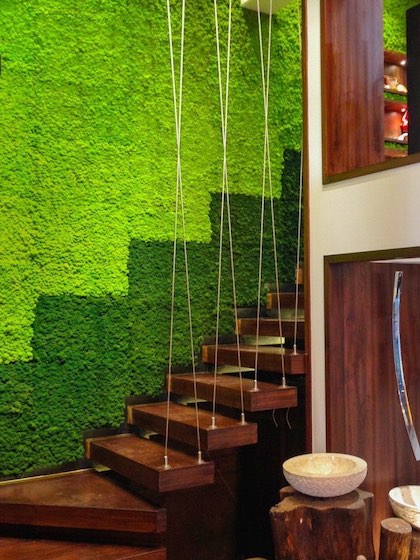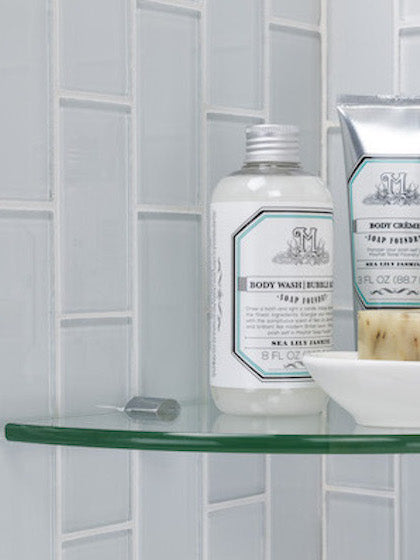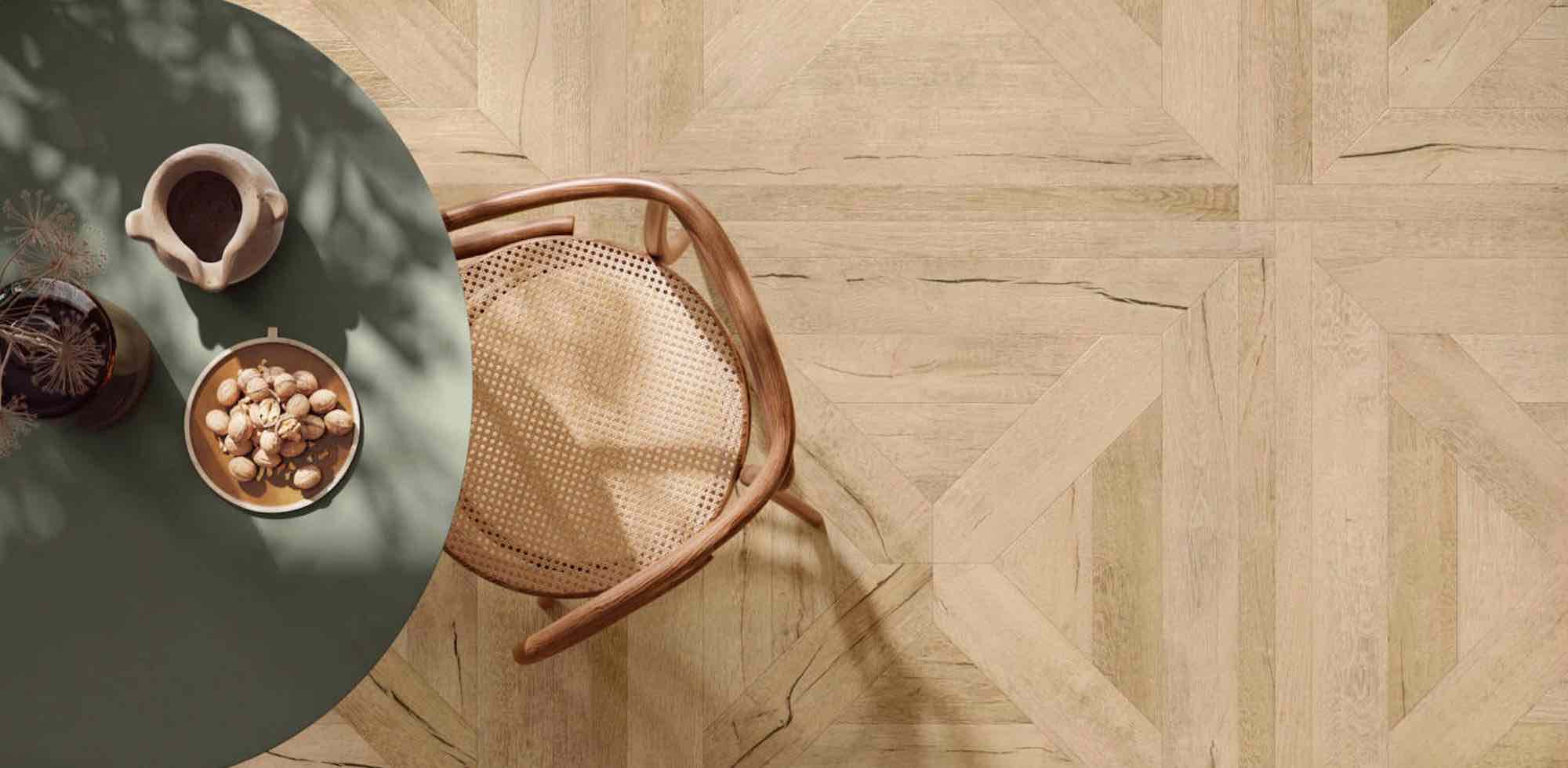 This document is provided as a general guideline for installing any tile listed as suitable for pools at mineraltiles.com in pools and water features. Mineral Tiles strongly recommends using experienced and professional installers who have demonstrated their commitment to their craft and taken the time to stay current with the latest materials and methods for pool and water feature installations. These instructions are not intended to replace existing industry standards. For complete and detailed glass setting instructions, please consult the 2017 Tile Council of North America Handbook.
This document is provided as a general guideline for installing any tile listed as suitable for pools at mineraltiles.com in pools and water features. Mineral Tiles strongly recommends using experienced and professional installers who have demonstrated their commitment to their craft and taken the time to stay current with the latest materials and methods for pool and water feature installations. These instructions are not intended to replace existing industry standards. For complete and detailed glass setting instructions, please consult the 2017 Tile Council of North America Handbook.
Installation Guide - Pool & Water Features
Installing swimming pool tiles requires attention to detail and carefully following the manufacture's and TCA - Tile Council of America guidelines, to ensure a proper installation.
The two most common types of tiles for the swimming pool, including pool waterline, are glass, and porcelain pool tiles. Although natural stone tile is the preferable choice for pool decking, installing it on a waterline or water feature is not recommended as the chemicals used to treat the water will wear out the stone over time.
On this guideline, we will focus on glass pool tile installation.
BEFORE INSTALLATION
Inspection
Acceptance of the product prior to installation is determined by the owner or owner’s representative. Verify that the series, size, color, pattern, finish, and coverage match the specification and are consistent and acceptable. Surface characteristics in the glass, such as folds, wrinkles, and bubbles, are inherent to the cast glass manufacturing process and should be expected. Installation constitutes acceptance.
Preparation
Pools or water features, including the glass tile, should be protected from direct sunlight, excessive heat, wind, precipitation, and freezing during substrate preparation, installation, and curing.
Substrate Requirements
Pool tanks must be engineered and constructed to support glass tile installation. Pool tanks must be constructed of reinforced concrete. Any defects in the concrete must be repaired prior to the installation of the glass tile. Follow all minimum cure times as specified by the setting materials manufacturer tiles.
Follow the TCNA P-602 guidelines for preparing a pool substrate to receive our glass tile. All surfaces to receive tile shall be sound, smooth, flat, clean and free of dust, oil, grease, paint, tar, wax, curing agents, primers, sealers, adhesive residue, release agents or any other deleterious substance or debris which may prevent or reduce adhesion to the substrate. Concrete tanks must be made watertight through the use of a cementitious waterproofing.
Waterproofing and or anti-fracture provisions are critical to the success of glass tile installation in pools. We recommend TEC© HydraFlexTM Waterproofing Crack Isolation Membrane; however, there are a wide variety of anti-fracture and waterproofing products available for use in tile installations. Each membrane product will vary in type, application, and performance; consult the product manufacturer for specific recommendations and limitations. Check out how to Standing Pebble Installation.
Movement/Expansion Joints
Movement/expansion joints must be installed per “2017 TCNA Handbook For Ceramic, Glass and Stone Tile Installation” detail EJ171- 11 (shown below). The expansion joints need to be brought through to the tile surface and treated with a flexible sealant suitable for submerged applications. TEC AccuColor 100© 100% Silicone Sealant or similar is recommended to treat the joints. Expansion joints are ESSENTIAL between the glass tile and decking/coping, inside corners, over any joints in the concrete tank, and between any change in material within the glass tile installation. Expansion joint requirements will vary due to application types and locations. An architect and engineer should be consulted when specifying expansion joint placement, construction, and materials.



2017 Tile Council Handbook - Updates
INSTALLATION
Thin-set
We recommend using a bright white thin-set due to the transparent/translucent nature of glass. TEC© Super FlexTM Ultra-Premium Thin Set Mortar or similar is recommended; consult with the manufacturer’s setting instructions for submerged applications. Confirm the thin-set is color acceptable prior to installation. All submerged applications must be cured a minimum of 21 days prior to filling the pool with water or submersion unless otherwise specified by the thin-set manufacturer. Epoxy and mastics are not suitable for setting materials with glass tile in pools.
Grout
We recommend using a cementitious grout, such as TEC AccuColor© Premium Unsanded Grout or similar for pool and water feature installations. All submerged applications must be cured a minimum of 21 days prior to filling the pool with water or submersion unless fireplace otherwise specified by the grout manufacturer.
General Practice/Tips
Glass tile can be cut using glass tile nippers with carbide cutting wheels and or a wet saw with a diamond blade for glass. Cut glass tiles slowly to prevent rough edges. A 3/16” x 1/4” V-Notch trowel is recommended for installation. Check periodically during installation to verify proper coverage. Get our Shipping Insurance.
Shop for glass pool tiles, and mosaic pool tiles today! and register right now.
For questions about setting materials, Laticrete has a dedicated page for recommended products for the installation of tile or stone using the swimming pool method on wet areas and pools.
Already installed glass tiles in a your swimming pool? Learn how to remoce calcium buildup on swimming pools

